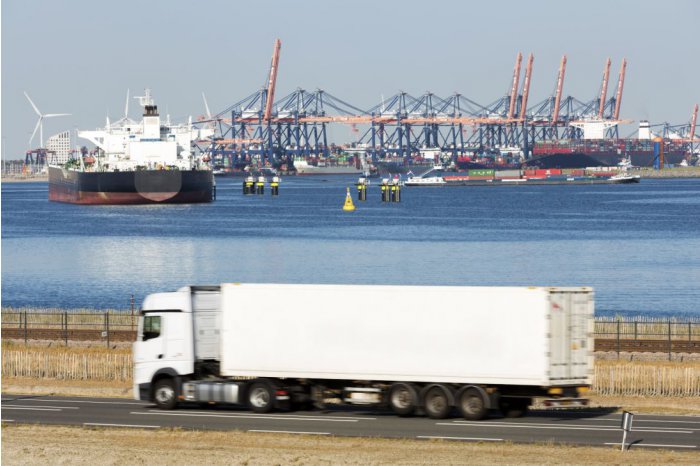Moldova's National Statistics Bureau says goods exports decrease in last May, after increase during four months
13:13 | 15.07.2019 Category: Economic
Chisinau, 15 July /MOLDPRES/ - The goods exports dropped by 2.4 per cent in May 2019 against the month before and, respectively, - by 5.6 per cent against the same period of 2018. Moldova supplied goods worth 210.6 million dollars to foreign markets, according to data put out by the National Statistics Bureau (BNS), made public today.
Statisticians also said that, despite the decline from last May, the goods exports amounted to 1 billion 159.3 million dollars in the first five months of 2019, - up by 5.3 per cent against the same period of the previous year.
The European Union continues to be the principal sales market for the Moldovan goods, with a share of 64.2 per cent, and Romania is the main trade partner of Moldova, with a quota of 27.83 per cent of the overall exports, against 25.7 per cent in January-May 2018. The supplies of goods to the Romanian market recorded a 13.7-per cent growth in the first five months of this year; this is the second increase in terms of size out of the TOP five partner countries where Moldova exports goods.
Statistics data also shows an impressive growth of Moldovan exports to other markets of the world, but EU and the Commonwealth of Independent States, the share of which increased to 21.29 per cent, against 16.04 per cent in January-May, last year. This evolution was determined by a considerable growth of almost 40 per cent to these markets, including a 2.5-fold increase to Turkey.
The exports in native goods amounted to 810 million dollars (70.4 per cent of all exports), increasing by 9.6 per cent against January-May 2018, which contributed to a 6.5-prer cent growth of the overall exports, according to BNS. The re-exports of goods stood at 343.3 million dollars (29.6 per cent of all exports), or by 3.5 per cent less against January-May 2018.
The road transport means were most often used to exports goods (86 per cent of all exports); they are followed by sea transport (7.6 per cent), railway transport (4.8 per cent) and air transport (1.6 per cent).

